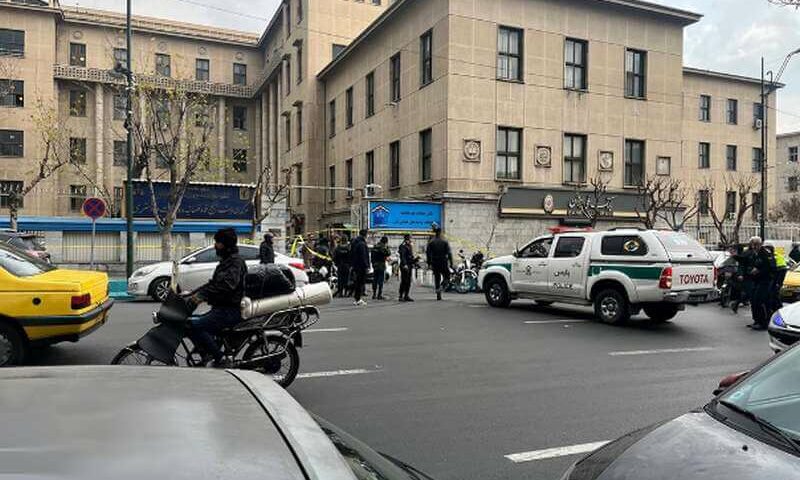
Les juges Moghiseh et Razini assassinés à Téhéran : La colère d’un peuple face à l’injustice
January 19, 2025
The Mojahedin-e-Khalq (MEK) or People’s Mojahedin Organization of Iran (PMOI)
February 25, 2025On January 18, 2025, Iran’s Supreme Court was shaken by the assassination of two prominent judges, Mohammad Moghiseh and Ali Razini, in an armed attack at Tehran’s courthouse. The assailant, a restaurant worker from the building, opened fire before attempting to take his own life. The attack left two others seriously injured: Judge Miri and a bodyguard.
While the victims may appear to be innocents, Moghiseh and Razini are far from it. Over the past three decades, they played a major role in inflicting untold suffering on hundreds of thousands of Iranians. As influential figures within the regime’s judicial system, their names are tied to numerous human rights violations, political repression, and mass executions. Their actions were central in preserving an unjust legal system that silenced dissent and oppressed minorities.
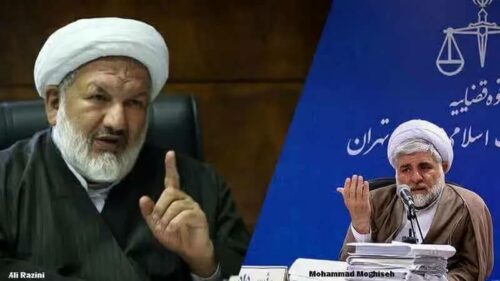
Mohammad Moghiseh et Ali Razini
These judges were directly involved in the notorious “Death Commission” of 1988, which oversaw the execution of thousands of political prisoners. They also contributed to the brutal suppression of the 2009 Green Movement and played a role in the arrests and executions during the 2019 uprisings and the Mahsa Movement in 2022.
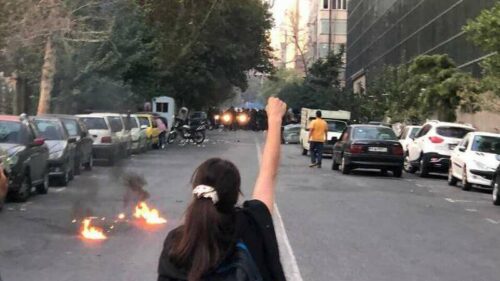
Manifestations consécutives à la mort de Mahsa Amini en Iran, Femme, Vie, Liberté à Téhéran
According to Mustafa Pourmohammadi, former Minister of Justice and a member of the “Death Commission,” the assailant targeted specific individuals and reportedly chanted slogans in support of the People’s Mujahedin of Iran (PMOI). However, while the PMOI acknowledged the incident, it did not claim responsibility. The assailant’s identity remains unknown.
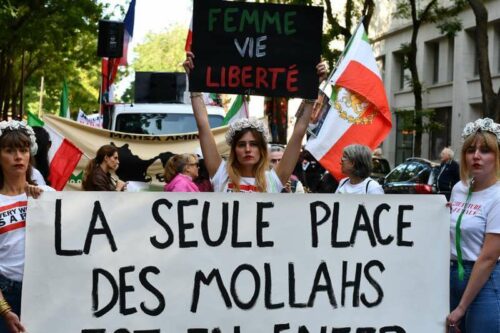
Femme, Vie, Liberté – Paris
The Root Causes: A People’s Anger Long Suppressed
Regardless of who is responsible for the killings, this act is set against a backdrop of deep frustration among Iranians. The country is mired in an unprecedented economic, political, and social crisis. Below are some of the main reasons behind the widespread anger that has led to acts like this:
1.Relentless Repression: The regime has made the elimination of political opponents a priority, with judges like Moghiseh and Razini on the front lines. For over 30 years, executions, arbitrary imprisonments, and torture have been routine.
2.A Judiciary at the Regime’s Service: Rather than ensuring justice, the regime’s judges have manipulated the law to persecute, oppress, and silence opposition. Their involvement in the 1988 massacres and the suppression of popular uprisings has only fueled deep hatred within the population.
3.Economic Mismanagement and Freedom Restrictions: Inflation, unemployment, corruption, and currency devaluation have pushed much of the population into poverty. Meanwhile, fundamental freedoms—including political rights and women’s rights—are continuously violated.
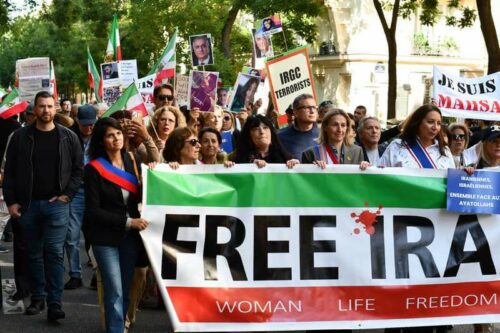
Femme, Vie, Liberté – Paris
4.Violence Against Minorities and Women: The regime’s persecution of religious and ethnic minorities, along with its strict control over women (including the compulsory hijab and widespread social marginalization), has sparked further outrage.
5.Bloodshed in Uprisings: The violent repression of protests in 2009, 2019, and during the Mahsa Movement in 2022, with thousands of deaths and injuries, has only intensified public anger and resentment.
6.A Costly and Aggressive Foreign Policy: Iran’s involvement in proxy wars across the Middle East, support for armed groups, and opposition to the West have isolated the country internationally, worsening both economic sanctions and internal challenges.
7.A Fake Democracy and Widespread Disillusionment: In the latest elections, less than 40% of voters participated, a clear sign of rejection of the political system. Despite failing to address its people’s needs, the regime maintains power through force.
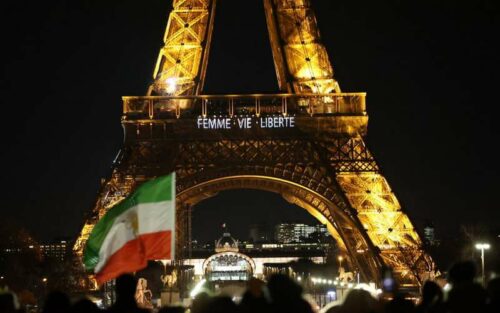
Femme, Vie, Liberté – Paris
A Revolution in the Making?
The murder of two key figures in Iran’s judiciary, responsible for countless atrocities on behalf of the regime, cannot be viewed simply as an act of revenge. It’s a manifestation of the deep-seated anger that, after years of repression, has reached its breaking point. This act symbolizes the mounting frustration with a government that, despite its vast natural resources, has failed to meet the basic needs of its people.
While no single violent act will lead to freedom and democracy in Iran, this assassination serves as a stark reminder that the suppressed anger of the people is increasingly likely to erupt in violent ways. Iran now stands at a crossroads: either the regime will implement significant reforms and listen to its people’s demands, or it will continue to breed a revolt that could grow larger and more destructive.
19/01/2025
By, Javad FIROZMAND


